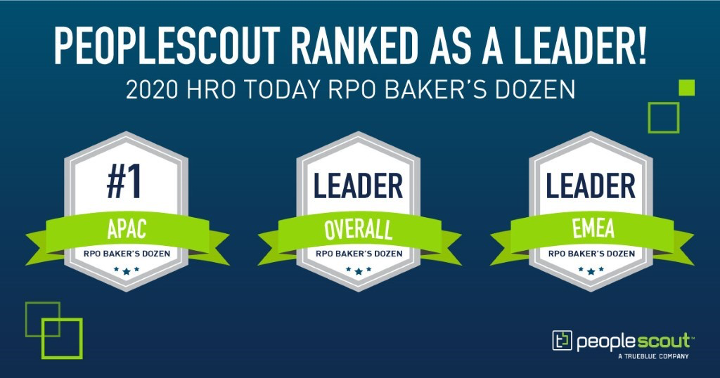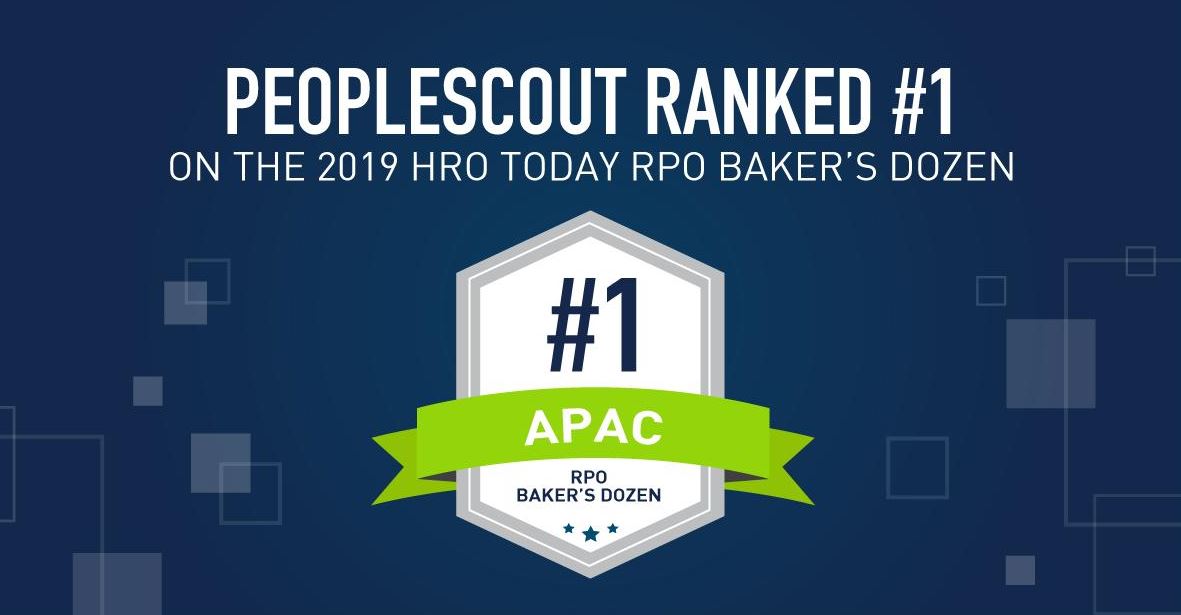Exhaustion, stress and anxiety: these are the symptoms of a plague spreading throughout the medical community. Its name? Physician burnout. According to a study conducted by the Annals of Internal Medicine, physician burnout is on the rise and causing major disruptions in healthcare outcomes for both patients and the medical professionals charged with their care.
In fact, according to the study, it’s estimated that
physician burnout adds nearly $5 billion per year to healthcare spending in the
United States. Problems such as insufficient care, patient dissatisfaction and
malpractice lawsuits are all contributing to the cost of burnout among
physicians in the U.S.
In this article, we dive into what physician burnout is, its effects on healthcare and what organisations can do to minimize and combat this troubling trend.
So, What is Physician Burnout?
The term “burnout” can seem like a nebulous catch-all-term for workplace stress and dissatisfaction. So, what makes burnout unique? For starters, burnout is officially a medical condition, according to the World Health Organisation, and is characterised as a persistent state of emotional, mental and physical exhaustion caused by excessive and prolonged stress. Burnout includes emotional exhaustion, feelings of cynicism and detachment from work along with a sense of poor personal accomplishment.
Although it can occur in any profession, incidences of
burnout are more common in individuals employed in caring professions such as
healthcare, social work, counseling and teaching. Common
contributors to physician burnout are long work hours, a fear of being sued and
having to navigate the growing healthcare bureaucracy and filling out
time-consuming electronic medical records.
“Nearly everything a physician does in 2019 is monitored,
rated, assessed and reported. The electronic health record has many benefits
but it can also be a burden, adding substantially to the time physicians spend
in front of a computer screen while robbing them of what brings them joy: spending
time with their patients,” states Dr. Edward Ellison, executive medical
director and chairman of the Southern California Permanente Medical Group, in
an article released in conjunction with the Annals of Internal
Medicine study.
The Effects of Physician Burnout
Physician burnout is not new in the medical field. In a study
conducted by the American Medical Association, Stanford and the Mayo Clinic,
about 54% of physicians reported having at least one symptom of burnout –
nearly double the rate of U.S. workers in 2014[KS1] .
For physicians and their
employers, the effects of burnout are taking an enormous toll. Burned-out
doctors tend to make more medical errors, and their patients have worse health
outcomes and are less satisfied. This can contribute to a loss of
reputation and revenue for employers and physicians.
“Physician burnout is known to be associated with
increased physician turnover and reduced productivity,” said lead
researcher Joel Goh, an assistant professor of analytics and operations at the
National University of Singapore. “But the costs in monetary terms are
poorly understood.”
The Annals of Internal Medicine study authors calculate that for healthcare organisations, the cost of burnout comes out to $7,600 per physician each year. The study cautions that these cost estimates are conservative, and only calculate lost work hours and physician turnover. What’s more, a survey conducted by the Physicians Foundation of more than 17,000 American physicians found that:
- 54% rated their morale as
“somewhat” or “very” negative about the current state of medicine
- 63% were “somewhat” or
“very” pessimistic about the future of medicine
- 49% “often” or “always”
experience feelings of burnout
- 49% would not recommend a
career in medicine to their children
- 58% said the
least-satisfying aspect of medical practice was too much paperwork and
regulation
With such a staggering economic and professional toll, preventing and treating burnout in physicians is crucial to improving patient and organisational outcomes.
Identifying
Physician Burnout
All too often, doctors spend far more energy concerned
with the health outcomes of their patients, and their own personal health issues
go unaddressed and unresolved.
“It is always amazing to me how often burnout is actively ignored in
healthcare. Research shows one in three doctors are burned out on any
given office day,” remarks Dr. Dike Drummond, a career strategist for
physicians who focuses on burnout. He began The Happy MD in
response to the emerging burnout epidemic amongst physicians.
Outside of the mental, physical and workplace performance
effects experienced by burned-out physicians, an
estimated 300 to 400 U.S. physicians take their own lives every year.
This number is higher than the suicide
rate in the general population by 40% for men and an alarming 130% for women.
This makes addressing burnout more than a financial or business imperative, but
also one of great moral importance.
Because burnout is a slow and gradual
process that increases over time, it does not happen from one day to the next.
Instead, it can sneak up on physicians
and their employers if both are not paying close attention to the warning
signs. Below are some of the symptoms to be on the lookout for when combating
burnout:
Physical Signs
- Feeling tired and drained
- Lower immunity
- Frequent headaches, back pain, muscle
aches
- Change in appetite or sleep habits
Emotional Signs
- Emotional exhaustion
- Detachment from patients or de-personalisation
- Sense of failure and self-doubt
- Feeling helpless, trapped or defeated
- Loss of motivation
- Increased cynicism
- Decreased sense of accomplishment
Behavioral Signs
- Withdrawing from responsibilities
- Isolation from others
- Procrastination
- Using food, drugs or alcohol to cope
- Taking out your frustration on others
- Skipping work or increased tardiness
Understanding the symptoms and behaviors associated with burnout can help your organisation better intervene with physicians and help them identify and understand the emotional burden they are experiencing.
Managing Physician Burnout
Organisation-led initiatives and interventions are sadly few and far between for many physicians, leaving them on their own to manage and treat the symptoms of burnout. This can make it more difficult to manage stress and the emotions that come from working in healthcare. However, this does not need to be the case. Healthcare organisations can take steps to help physicians reduce the risk or severity of burnout.
One strategy is encouraging medical professionals to
acknowledge feelings of burnout or exhaustion when they occur and providing
assistance whenever and wherever possible. What’s more, promoting the following
strategies can help your physicians to decompress and clear their minds:
Physical Activities
This can be accomplished through physical activities such as
spending time at the gym, running, walking, cycling or yoga to name a few.
Personal Activities
Others include meditation, mindfulness, reading for
pleasure, developing a hobby, going to the movies or spending time in a museum.
These activities can be pursued alone; however, when combined with a partner,
family members or friends, social interaction can enhance the restful nature of
these activities.
Time Off
Another essential approach to reducing and managing burnout is
for physicians to spend time away from work. Regularly scheduled vacation time
helps reduce fatigue by allowing the mind and body a break from the daily
grind.
Your organisation’s workplace culture can also play a part in reducing burnout. An important step in battling burnout is managing time and respecting limits. When dealing with emotionally exhausted physicians, consider reducing the number of patients they see or the number of new patients taken on, if possible.
Conclusion
Burnout is common and affects a significant number of
physicians at all stages of their careers. It is a consequence of an exceptionally
motivated, high-performing, competitive and perfectionistic personality
combined with a fast-paced high-stakes profession that is practicing medicine.
While burnout manifests in individuals, it is fundamentally a response to organisational culture and work life. Recognition of, and willingness to address, these specific stressors will allow individuals and healthcare organisations to better prevent or alleviate physician burnout.

